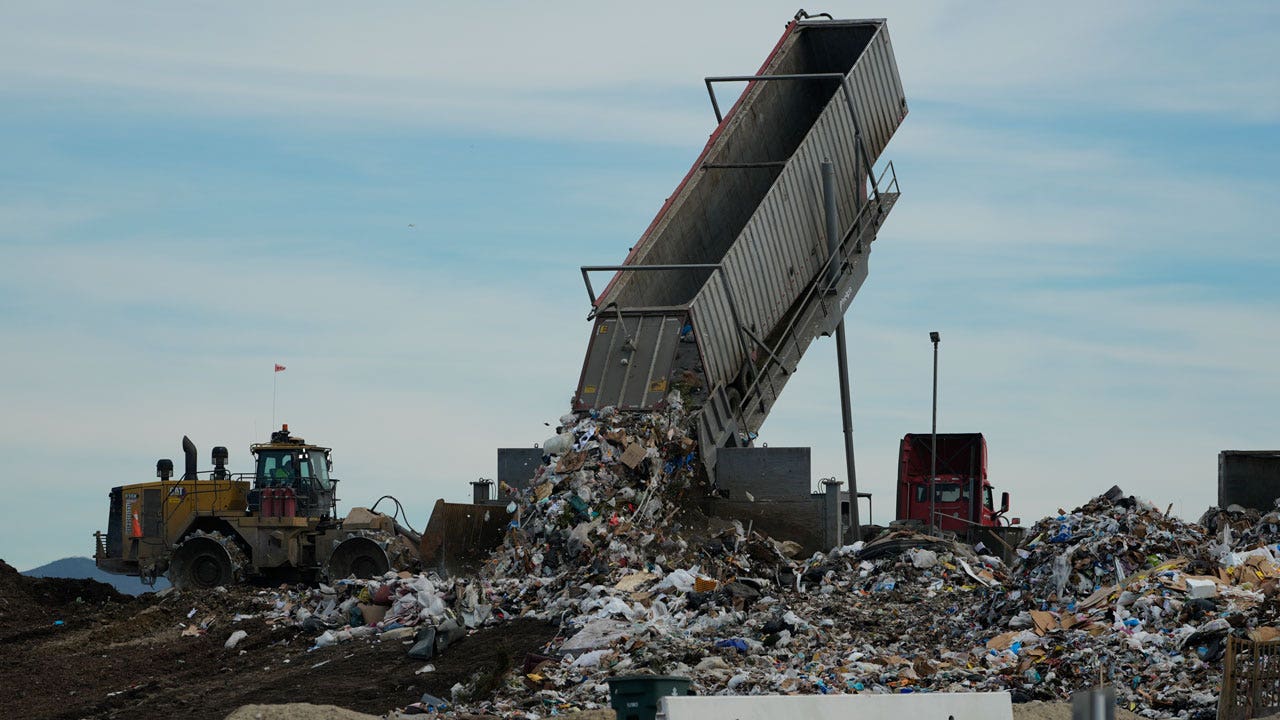This article was originally published in 2021 and has been updated.
On June 19, Tropical Storm Alberto, which formed in the Gulf of Mexico, became the first named storm of the 2024 Atlantic hurricane season. This is expected to be the first of many: The National Oceanic and Atmospheric Administration has forecast an “above normal” amount of storms for this year’s season.
The agency predicted 17 to 25 named storms this year; a typical season has about 14 named storms. The prediction reflects the more than a dozen forecasts from experts for the season, which officially ends on Nov. 30.
The outlook this year for major hurricanes forming is more aggressive because of climate change, according to a consensus of climate scientists. The warming planet allows the atmosphere to hold more moisture, which means that a storm can produce more rainfall, and warmer ocean water temperatures provide more energy for storms to draw upon.
The busier forecast is also because of the potential formation of a weather pattern known as La Niña, which takes place in the Pacific because of changing ocean temperatures and affects weather patterns around the world.
Experts caution that a storm does not need to be a major hurricane to cause damage, and that extreme flooding and winds can occur hundreds of miles inland, not just on the coastline.
When a hurricane is approaching and the authorities issue an evacuation order, you may not have much time to protect your home and your family from the storm — and from flooding — before you must head for safer ground.
Here’s what you can do to get ready ahead of time.
Make a family plan.
Prepare an emergency kit, including cash, prescription medicines and three days’ worth of food and water (for people and pets). If your house floods and you can’t return immediately, these will be is essential. Be sure to consider provisions for those with special needs, like older people. If you need help coming up with a list, this one from Wirecutter, a New York Times company, has suggestions for any household.
If you live in a coastal area, it’s important to be familiar with community evacuation plans, evacuation zones and evacuation routes.
Plan a meeting spot for your family. Deanna Frazier, a spokeswoman for the Federal Emergency Management Agency, said that forgetting to do that was one of the most common mistakes when Hurricane Harvey landed as a Category 4 storm in Texas in 2017.
“Cellphones may not work, or you may not have your cellphone with you,” she said. “There were a lot of people who were looking for loved ones and disconnected from them. Those are the kinds of things that you need to think about.”
Listen to local news reports for the most up-to-date information on how to prepare and when to evacuate. “The biggest issue I see people running into is that they just wait too long,” said Alberto Moscoso, a former communications director for the Florida Division of Emergency Management. “When it comes to hurricane and storm preparation, now is always the right time.”
Protect your documents and valuables.
Photograph or scan important documents like driver’s licenses, Social Security cards, passports, prescriptions, tax statements and other legal papers. Upload the images online for safekeeping. Store physical documents in a fireproof, watertight container, or take them with you. FEMA’s Emergency Financial First Aid Kit has a checklist of documents that you would be likely to need to claim insurance and other benefits.
When the time comes to evacuate, take irreplaceable keepsakes with you, if possible. Otherwise, move belongings with sentimental or monetary value upstairs or to high shelves where floodwaters might not reach them.
It’s common for people to underestimate where and how high the water will go.
“Anywhere it rains, it can flood,” Mr. Acree said.
[What do storm categories mean? Here’s what you need to know.]
If possible, make sure that your home has flood insurance. Most homeowners’ policies do not cover flood damage, and flood insurance policies generally take 30 days to become effective.
Bottle water and freeze food.
The Food and Drug Administration recommends switching your refrigerator and freezer to the coldest possible settings and moving fridge items to the freezer so they will stay cold longer if the power goes out. A tightly packed freezer can stay cold for as long as 48 hours without power. If you can’t fit everything into the freezer, add containers of ice to the fridge.
Keep thermometers in the fridge and freezer, so you can check the temperature when you return. Anything that has remained at 40 degrees Fahrenheit or colder is safe to eat.
Move pantry items and a supply of bottled water to high, secure shelves, so they will be safer from floodwaters.
Take stock of household chemicals.
Look for any potentially dangerous products, like bleach, ammonia or drain cleaners. Check in the garage as well as the house. Make sure all their lids are tightly closed, and move these items to high shelves, as far from potential flooding as possible. Chemicals that mix into floodwaters can be hazardous to your health and may cause fires and explosions.
Think about power.
Move electronics, small appliances, portable heating systems and other things with wires to upper levels and high shelves — as far away from water as possible. If you have a portable generator, keep it away from moisture. (Never use it indoors, or plug it into a wall outlet.)
Clear the yard and secure the windows.
Trim and safely dispose of tree branches that might break and fall during hurricane winds, or become projectiles if left on the ground. Secure rain gutters and downspouts, and clear any clogged areas that might stop water from draining from your property. Move bikes, trash cans, outdoor furniture, grills, tanks and building materials to a secure place, either indoors or tied down, as these can fly in high winds. Board up your windows to prevent leaks and broken glass, and, where necessary, secure doors with storm shutters.
Stay safe.
Avoid driving or walking through floodwaters, which can be hazardous in many different ways: They could be electrically charged from downed or buried power lines; they could conceal debris like glass, dead animals or even poisonous snakes; they could be contaminated with sewage or hazardous chemicals. Just six inches of moving water can knock a person down; a foot of fast-moving water can destabilize a vehicle.
Don’t enter your house until officials say it is safe to do so. To avoid electrical hazards from flooding, turn off the electricity at the main fuse box or circuit breaker panel, or ask for professional help. Proceed inside with caution — don’t touch electrical equipment, and use a flashlight to light your way rather than anything flammable.
When in doubt, throw it out.
Only bottled water, canned and well-packaged foods may be safe to consume after a flood. The Centers for Disease Control and Prevention advises throwing away any food that may have come in contact with water. If cans get wet, remove their labels and wash the cans in a bleach solution before opening them.
Waterborne diseases are also a risk. Drink fresh bottled water if it is available; if it is not, boil water according to C.D.C. guidelines before drinking it.
Clean up properly.
Hazardous chemicals, mold, asbestos and lead paint are some of the potential dangers in the aftermath of a flood — so follow official recommendations and wear gloves, eye protection and face masks when on any flood-damaged property. Before beginning to clean up and remove debris, take photographs of your home its general condition and any damage and contact your insurance company; after that, air the place out and remove any water-damaged items. This is the most important step in minimizing the growth of mold, which can cause asthma attacks, eye and skin irritation and allergic reactions.
Johnny Diaz contributed reporting.





